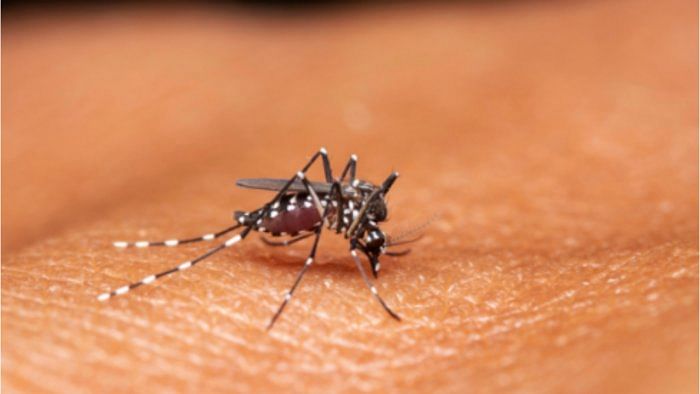
While Bengaluru hospitals reported fewer than 20 dengue cases per day in April-May, the numbers have shot up to around 100 per day now, data from the Integrated Health Information Platform (IHIP) showed.
Patients’ data is entered on the IHIP portal by government and private health facilities in the city.
IHIP data showed that the numbers started rising gradually towards May-end, and have been steadily increasing since June. The trend is in line with the dengue numbers reported this season annually, and doctors expect more cases over the next few weeks.
Doctors said the number of admissions has also increased though severe cases are few.
Dr John Paul, infectious diseases consultant at Sparsh Hospital, said admissions for dengue at the hospital are now 10 to 20 per cent higher compared to April-May.
Dr Poornima R N, paediatrician at St John’s Hospital, said the presentation of dengue among children is different this time around.
“Fever from dengue usually lasts three to four days. But this time we are seeing fever lasting seven to 10 days, and only then do dengue-specific symptoms like low BP and reduced platelet count appear.
“In some cases, we are seeing fever lasting three to four days, which then reduces and starts again. Children also have severe fatigue.”
Dr Poornima said that dengue patients make up around 10 per cent of admissions in the hospital’s children’s ward now, and this is expected to increase over July-August.
Only 1 to 2 per cent of dengue patients are getting admitted to the ICU currently, she said.
Spike in flu cases
Flu cases are also rising, especially among schoolchildren and the elderly. However, most cases are getting resolved without admissions.
BBMP’s data, submitted by government and private health facilities, shows that the weekly Influenza-like Illness (ILI) cases are hovering around 200.
However, these are largely admissions and do not include cases identified in the OPD.
“Compared to April-May, the number of people coming in with ILI — cough, cold, exacerbation of asthma, etc — has risen by 20 to 30 per cent. But the situation is not alarming in terms of either numbers or severity. The seasonal spike is expected to last another 2 to 4 weeks,” said
Dr George D’Souza, a pulmonologist at St John’s Hospital.